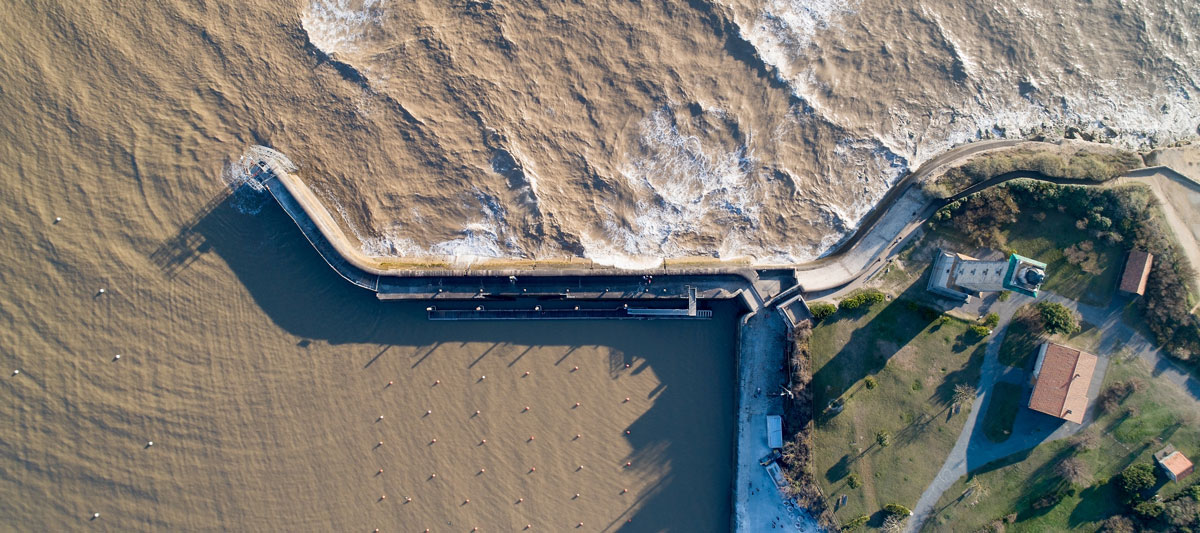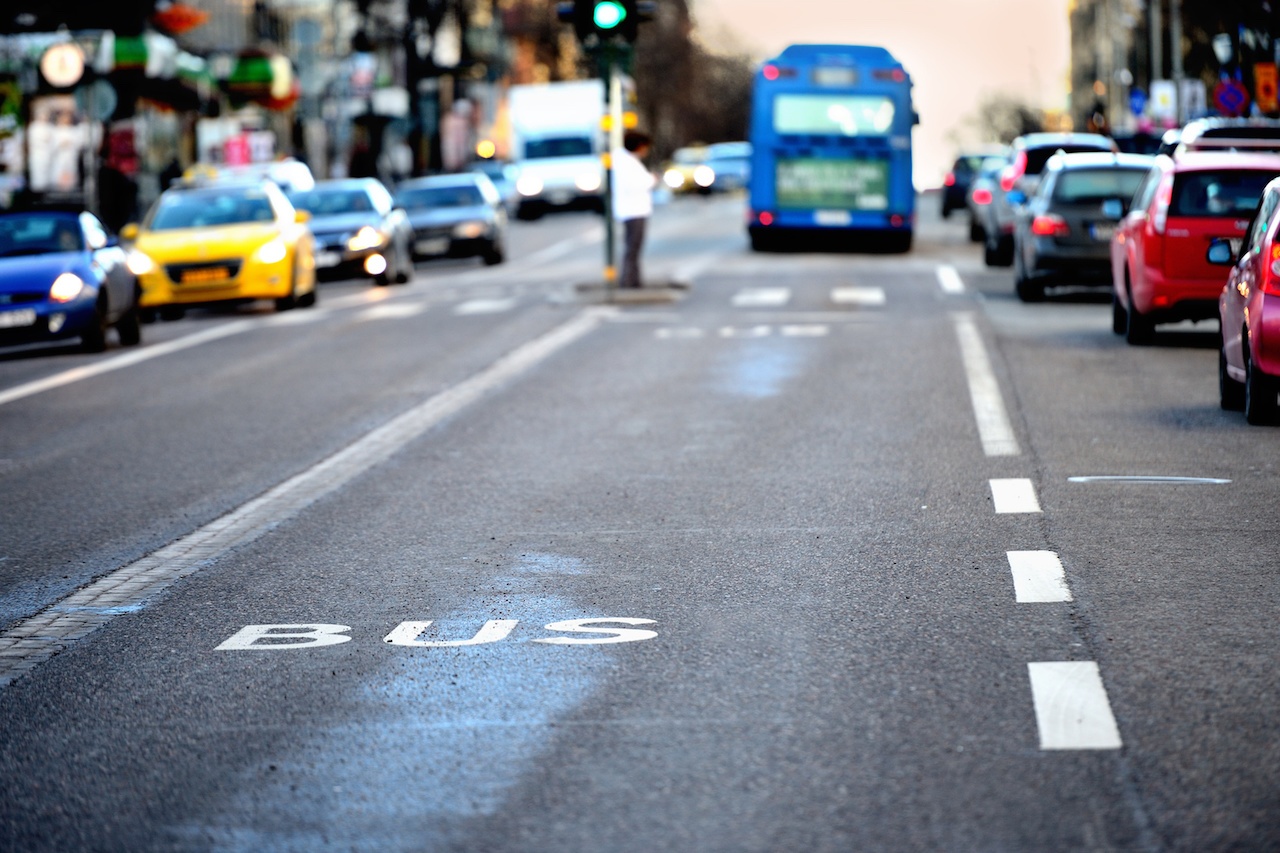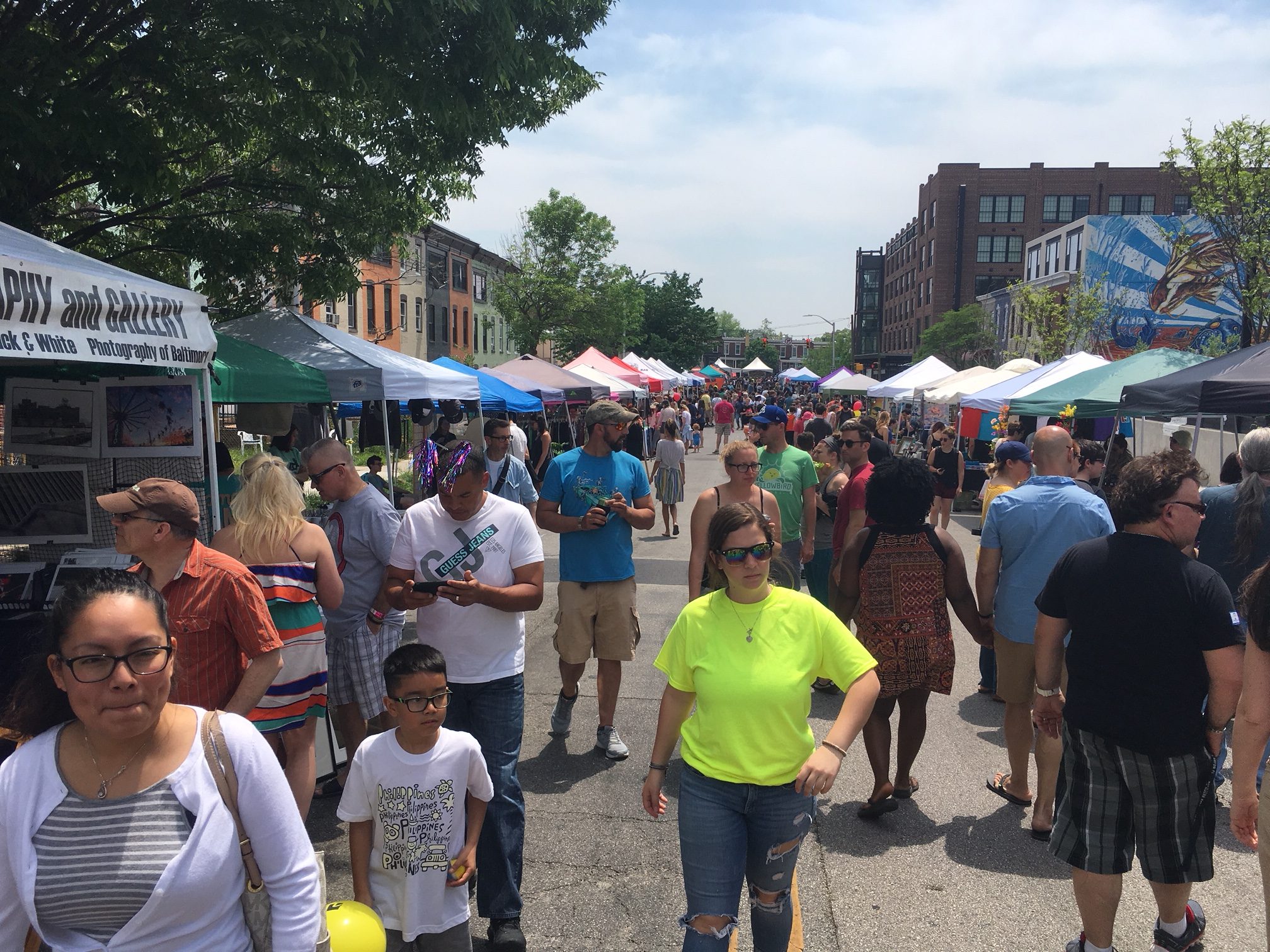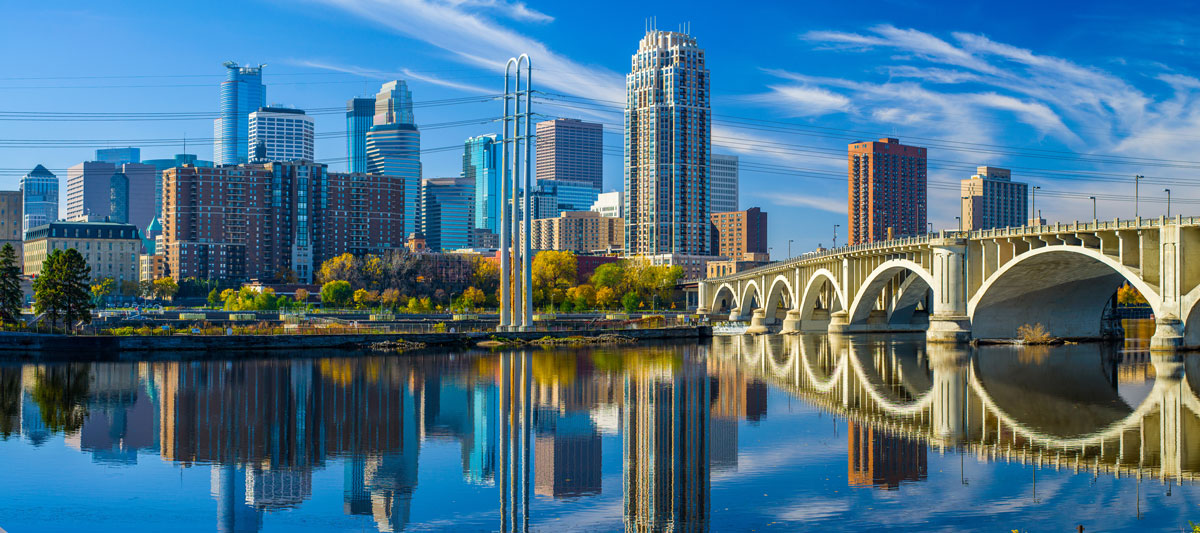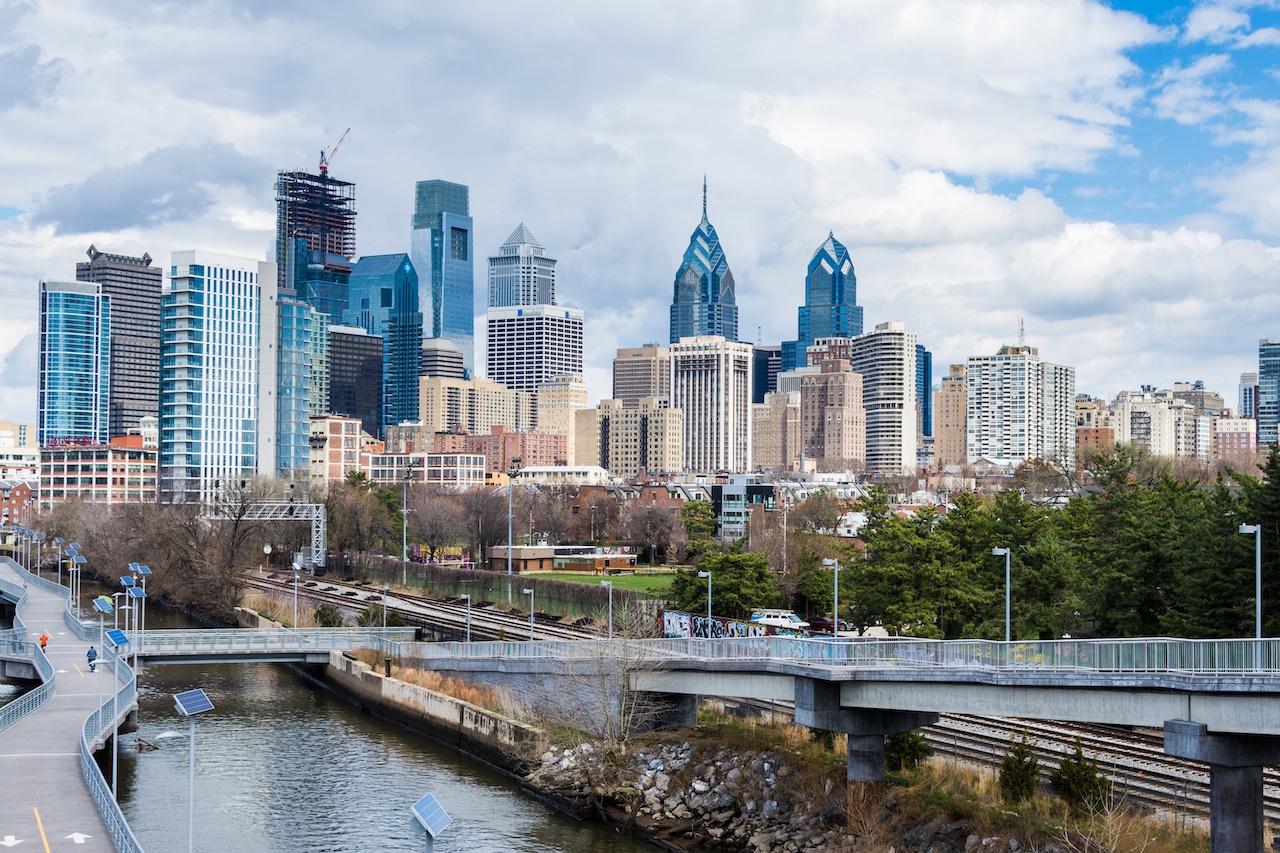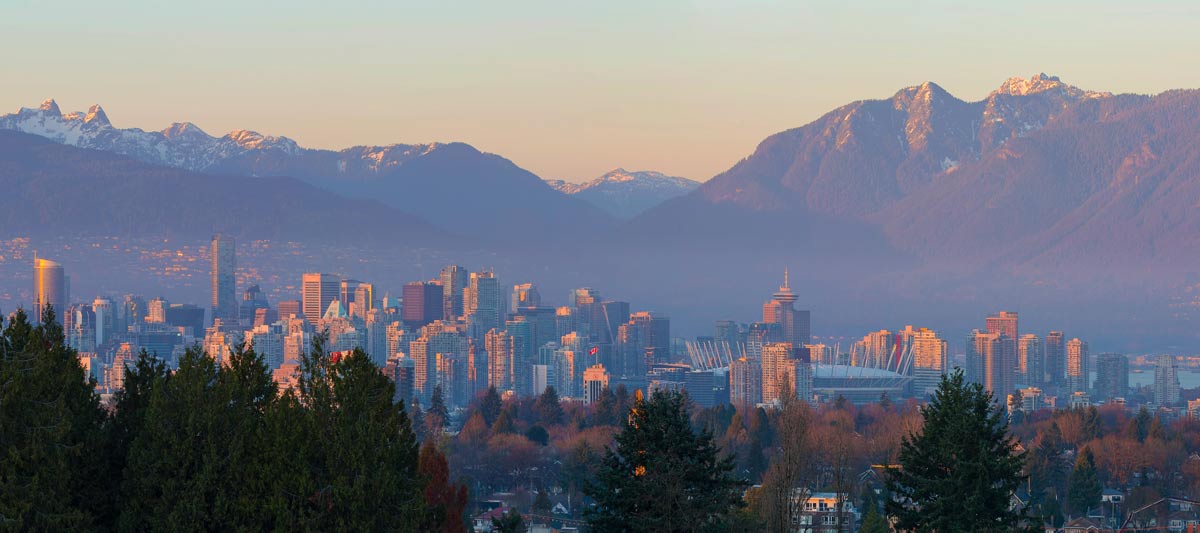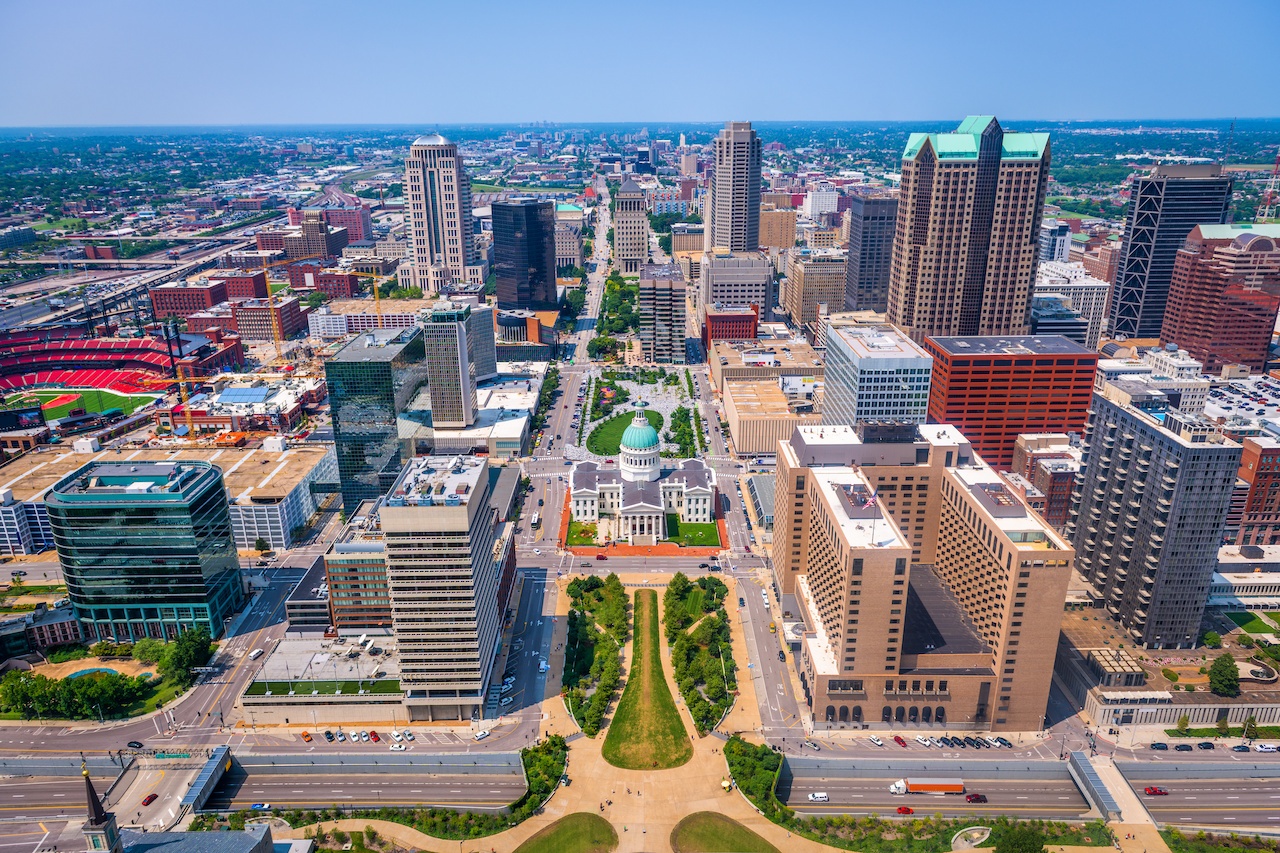Governance
A broad category of content focused on governance in cities.
Examples: Urban policy, justice, municipal services
Sustainability and Resilience: Not Quite the Perfect Relationship
People seem frequently to assume that the terms “sustainability” and “resilience” are synonyms, an impression reinforced by the frequent use of the term “climate resilience”, which seems to enmesh both concepts firmly. In fact, while they frequently overlap, and indeed with good policy and planning reinforce one another, they are not the same. This article picks them apart to understand where one ends and the other begins, and where the “sweet spot” lies in achieving mutual reinforcement to the benefit of disaster risk reduction (DRR).
Public-Private Collaboration – Essential for Disaster Risk Reduction
A few years ago, I worked with some ARISE-US members to carry out a survey of small businesses in post-Katrina New Orleans of disaster risk reduction (DRR) awareness. One theme stood out to me more than any other. The businesses that had lived through Katrina and survived well understood the need to be prepared and to have continuity plans. Those that were new since Katrina all tended to have the view that, to paraphrase, “well, government (city, state, federal…) will take care of things”.
While the experience after Katrina, of all disasters, should be enough to show anyone in the US that there are limits on what government can do, it does raise the question, of what could and should public and private sectors expect of one another?
Planning for the New Mobilities
When planning for new mobilities, it is important to be a little skeptical. Advocates often exaggerate the benefits and overlook significant costs. Here’s an example. Optimists predict that autonomous cars will reduce traffic congestion, crash risk, energy consumption and pollution emissions, but to achieve these benefits they require dedicated lanes for platooning (many vehicles driving close together at relatively high speeds). When should communities dedicate special lanes for the exclusive use of autonomous vehicles? How much should users pay for the privilege? How should this be enforced? Who will be liable if a high-speed platoon crashes, resulting in a multi-vehicle pile-up?
Why Investing in Play Must Be Part of COVID Recovery
Infrastructure is on the tip of every mayor’s tongue. It’s no wonder, with billions in federal funding on the table for the first time in a generation and rapidly compounding infrastructure needs. American Rescue Plan dollars represent a once-in-a-lifetime opportunity to invest in communities, support resident priorities, and move the needle on racial equity all at the same time. Parks and playgrounds exist in an ideal sweet spot in each of these areas, and cities should consider making investments in these vital pieces of community infrastructure as part of their recovery and resilience strategies.
Picking the Right Team: Who Needs to Be Involved in Disaster Risk Reduction?
Cities and communities are “systems of systems”: they are complexes of interacting physical, environmental, infrastructural, economic and social systems. Each system may have a different owner and management chain, yet each needs to interact with the others to minimize risk from hurricanes, earthquakes, floods, tornadoes, wildfires and the like – as well as from pandemics. This means that disaster risk reduction (DRR – defined as disaster adaptation, mitigation, planning, response and recovery) is a “team sport”. In any community, let alone a large city or state, multiple “players”, from the public and private sectors, will be needed to complete the team. In my experience with DRR activities in cities and communities, however, key players may be omitted. This article identifies who the players are, and why they need to be involved as well as what that involvement should include.
Small-scale manufacturing should be part of every city’s plan for economic recovery
Small-scale manufacturers are locally owned businesses that produce anything from hats to hardware to distilled spirits to coffee and more. Unlike large manufacturers, they fit into relatively small commercial spaces and are clean, quiet neighbors. Your city might be home to some of these kinds of businesses already.
Taking a Look into Our Adaptation Blind Spots
In my business, we’d rather not be right. What gets a climate change expert out of bed in the morning is the desire to provide decision-makers with the best available science, and at the end of the day we go to bed hoping things won’t actually get as bad as our science tells us. That’s true whether you’re a physical or a social scientist.
Well, I’m one of the latter and Meeting of the Minds thought it would be valuable to republish an article I penned in January 2020. In that ancient past, only the most studious of news observers had heard of a virus in Wuhan, China, that was causing a lethal disease. Two months later we were in lockdown, all over the world, and while things have improved a lot in the US since November 2020, in many cities and nations around the world this is not the case. India is living through a COVID nightmare of untold proportions as we speak, and many nations have gone through wave after wave of this pandemic. The end is not in sight. It is not over. Not by a longshot.
And while the pandemic is raging, sea level continues to rise, heatwaves are killing people in one hemisphere or the other, droughts have devastated farmers, floods sent people fleeing to disaster shelters that are not the save havens we once thought them to be, wildfires consumed forests and all too many homes, and emissions dipped temporarily only to shoot up again as we try to go “back to normal.”
So, I’ll say another one of those things I wish I’ll be wrong about, but probably won’t: there is no “back to normal.” Not with climate change in an interdependent world.
No Equity, No Resilience: Minneapolis is All of Us
This article was originally published on September 8, 2020.
Update for April 20, 2021:
After the murder of George Floyd we wrote this article as a kind of blueprint, a beginning to a new way of working with equitable resilience in our cities and beyond. Now, as the trial of Derek Chauvin comes to a guilty verdict in Minneapolis and the whole country reflects on the legacy of that verdict, we have to remember another senseless murder – another young Black man, Daunte Wright, at the hands of law enforcement, just miles from the courthouse. Again, Minneapolis is all of us. We have protested, we have voted. We stood up, we spoke out, we have raged about the anti-Black racism. We have seen people come together, we can feel a shift in this country. But there is so much more to do. No equity, no resilience.
-Ron & Stewart
Equitable Stakeholder Engagement in a Remote World
At Connect the Dots, it is our mission to build better cities, towns, and neighborhoods through inclusive, insight-driven stakeholder engagement. We help community, private, and public sector partners to develop creative solutions that move projects and cities forward. Engagement is at the heart of this pursuit, which is why we are sharing our practices with you.
When you decide to take your engagement activities online, we encourage using tools that are functional on a wide range of devices including basic smartphones, tablets, laptops, and desktop computers. We have also developed remote but non-virtual options to bridge the digital divide.
Plans, Pandemic, Protests: Time For Cities to Pause & Pivot
This paper describes the immediate and possible future impacts of COVID-19 on planning in the Greater Vancouver area.
The first part introduces three initiatives, launched in 2019, to refresh city and regional plans. The second part identifies new challenges for plans to address and initial responses to COVID. The paper concludes with transferable observations on reframing plan making in the context of COVID and fiscal constraints.
Included are four planning steps that combine inspirational objectives for economic and equitable recovery, with aspirational plans for longer term resiliency, and offer actionable programs to move forward in the context of available resources.
Cut Expensive Housing Regulations to Preserve the Middle Class
Noting that house prices have been growing three times faster than incomes in the last two decades, OECD found that “housing has been the main driver of rising middle-class expenditure.” Moreover, OECD noted that the largest housing cost increases are in home ownership, not rents.
Housing largely determines the cost of living. For example, in the United States, more than 85% of the higher cost of living in the most expensive US metropolitan areas is in housing. Fundamentally, housing affordability is not about house prices; it is about house prices in relation to household incomes. Housing affordability cannot be assessed without metrics that include both prices and incomes.
Encouraging Civic Engagement with What Matters Most to Residents
OurStreets origins are rooted in capturing latent sentiment on social media and converting it to standardized data. It all started in July 2018, when OurStreets co-founder, Daniel Schep, was inspired by the #bikeDC community tweeting photos of cars blocking bike lanes, and built the @HowsMyDrivingDC Twitter bot. The bot used license plate info to produce a screenshot of the vehicle’s outstanding citations from the DC DMV website.
Fast forward to March 2020, and D.C. Department of Public Works asking if we could repurpose OurStreets to crowdsource the availability of essential supplies during the COVID-19 crisis. Knowing how quickly we needed to move in order to be effective, we set out to make a new OurStreets functionality viable nationwide.

